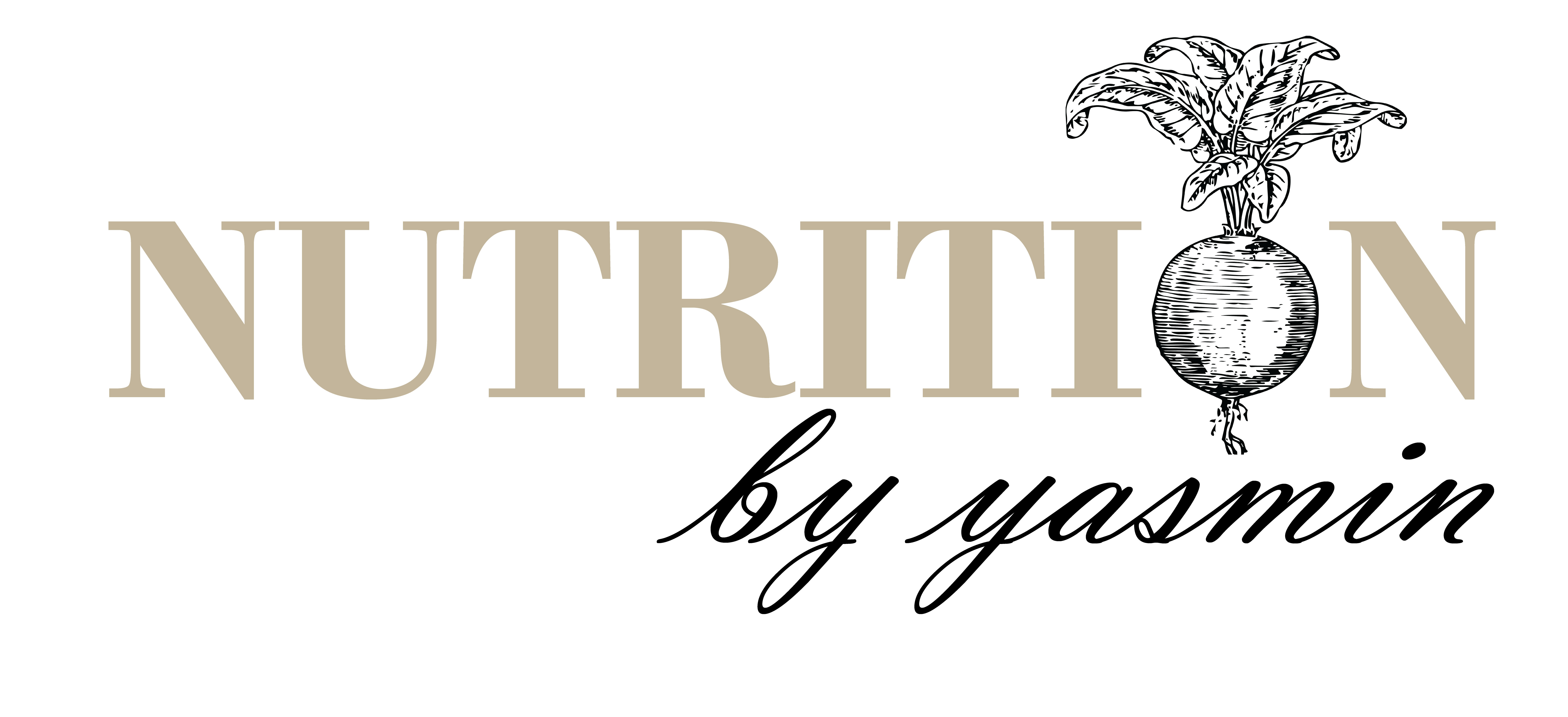Front of pack nutrition labelling: yay or nay?
As of last week, Boris Johnson announced the steps the government and public health England plan to take as part of the ‘Better Health’ campaign to call on people to live healthier lifestyles and lose weight, if they need to.
I think it’s great that there is more emphasis being put on and invested into the health of the nation, as I really appreciate public policy and campaigns will always be tricky to write as no one size fits, but I wanted to discuss one of their points a bit further.
Firstly, acknowledging the fact that health is so much more than what you weigh is important. Someone may be of a healthy weight but be struggling with issues such as poor energy, poor digestion or hormone imbalance. Nutrition and healthy eating stretches far beyond your body weight, which is something I think we must be reminded of.
As part of the campaign, public health England plan to launch a consultation to gather views and evidence on the current ‘traffic light system’ used on front of pack nutrition labels to learn more about how consumers use it. 90% of consumers have said it does help them make informed decisions when purchasing food, but are people truly understanding the breakdown of the labels or is this leading them to follow low fat and low-calorie diets?
How does the traffic light system work?
The choice to use the traffic light system on products in the UK is voluntary, however most larger supermarkets and food manufacturers use it.
On the front of the food packaging it will tell you the following content values per serving:
- Energy or calories
- Fat
- Saturated fat
- Sugar
- Salt
The food groups are ranked into categories with green = low, amber = medium and red = high dependent on the percentage of that food group per serving. There are set guidelines and cut off points for all the food groups, but for example, to be green in fat, the product must contain less than 3g of total fat per 100g or product, and to be green in sugar it must contain less that 5g of sugar per 100g product.
Based on the traffic lights, the advice is to consume more green and amber foods and to try and have fewer red food.
You can find a table here with more breakdown of how the categories are ranked.
Whilst the colours make it easy to identify the food group contents of different foods at a glance, my concern is that ‘going for all green’ will be the aim, rather than looking at what the food actually is or the ingredients it contains.
Let me give you an example.
There may be an option between a snack pack of hummus and carrot sticks or a real fruit puree fromage frais. The carrot sticks and hummus snack contains more calories and more fat than the fromage frais, but the same amount of sugar. The sugar in the carrots and hummus is all naturally occurring and contains no added sugar, but the fromage frais has added sugar along with the naturally occurring sugar from the milk and fruit. An average consumer may think that fewer calories and less fat is a healthier option, but in reality, the hummus and carrots are made from more natural and wholesome ingredients, and importantly will keep you fuller and more satisfied, as opposed to reaching for a second or third yoghurt to reach the same level of satiety.
That is just one example, but I really believe that nutrition education is more than just a numbers game and fear than if too much emphasis is put on scoring and ranking foods, then we will drift away from looking at the ingredients list and what the food itself is.
Here are some of the main issues I fear may occur due to the traffic light system:
- The traffic light system does not differentiate between naturally occurring and added sugars, leaving you even more confused than you perhaps were before. This may lead to being put off buying a pot of mixed fruit or an avocado/salmon containing snack or salad due to the sugars or fat being amber or red.
- Consumers being encouraged to buy more artificial or ‘food like’ products due to lower calories, fat or sugar, which could be being replaced with artificial sweeteners.
- Imposing food guilt upon consumers who do want to occasionally buy a snack or cake which is labelled all red.
- Emphasis being put on calories, rather than considering how much protein or carbohydrate the food contains.
In summary
To conclude, I do think that the campaign is trying it’s best to tackle the growing obesity issues and I am all in favour of making positive change to the health of the nation. But I do think more time and money should be spent on trying to educate the public about real foods and trying to tackle some of the issues around food accessibility rather than simply removing temptation and price promotions on processed foods which are high in fat, salt and sugar.
